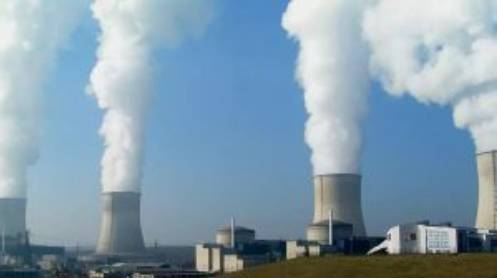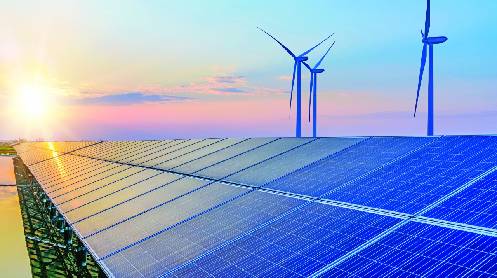KARACHI: After decades of dependence on imported and domestic fossil fuels, Pakistan’s energy landscape is witnessing a fundamental shift toward cheaper, cleaner, and more sustainable sources. Fiscal Year 2024 (FY24) marked a turning point, with shrinking energy supplies, subdued consumption, and growing economic pressures reshaping how the nation meets its power needs.
According to the Pakistan Energy Market Review (PEMR) 2025 by Renewables First, the country’s primary energy supplies fell for the second consecutive year in FY24, while final energy consumption saw a steep decline due to affordability challenges and weakening industrial and agricultural activity.
Over the past decade, crude oil production has plummeted by nearly 25%, and domestic gas output continues to dwindle—pushing Pakistan further toward costly imported LNG. Meanwhile, coal consumption is falling, with most remaining demand now met by locally mined coal instead of imports.
Despite this shift, significant challenges persist. LNG imports continue to strain foreign exchange reserves as industries move away from gas due to soaring costs. These imports are increasingly redirected toward households, further burdening consumers already grappling with high electricity bills. Compounding the problem, long-term LNG contracts have led to oversupply amid declining industrial demand, while rupee depreciation adds additional fiscal pressure.
“LNG served as our fallback fuel, but it was never meant to be a permanent solution,” said Huma Naveed, Data Analyst at Renewables First. “The mismatch between supply and demand underscores the need to integrate renewable energy more systematically into Pakistan’s long-term energy planning.”
By March 2025, circular debt in the gas sector had ballooned to PKR 3.2 trillion, signaling deep inefficiencies across the supply chain and the urgent need for structural reforms.
At the same time, Pakistan’s energy transition is accelerating. Consumer adoption of solar power is offsetting fossil fuel use, driving a bottom-up transformation in the energy market. Non-fossil energy supplies—including hydel, nuclear, and solar—have increased by nearly 50% since FY2021, while fossil-based sources continue to decline. Coal’s share in the national energy mix is steadily shrinking, primarily due to cost pressures that have eroded its competitiveness.
The report concludes that Pakistan’s energy future depends on sustained policy support for renewables, improved financial governance in the gas sector, and the rapid deployment of distributed solar power to ensure energy security and affordability in the years ahead.







